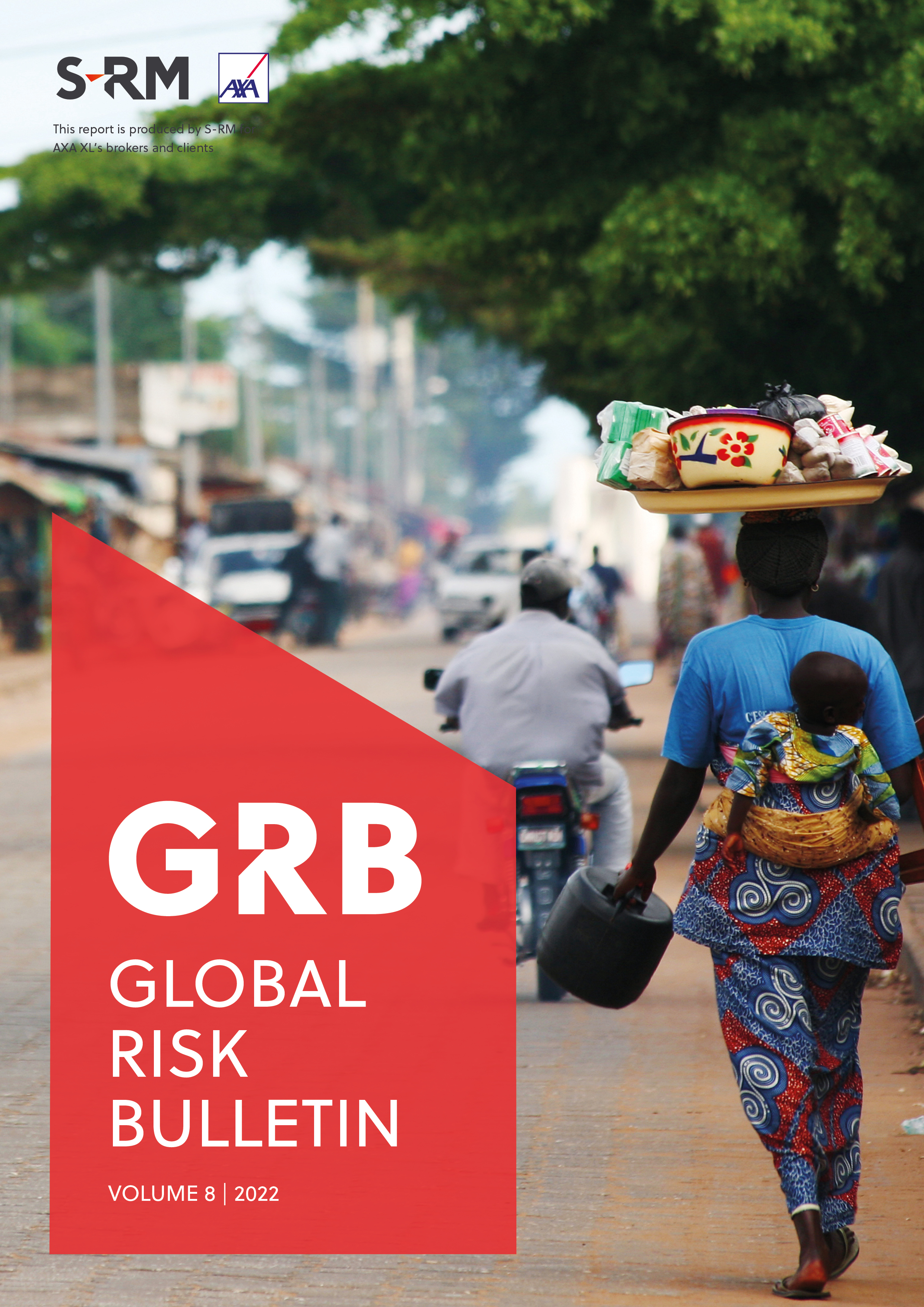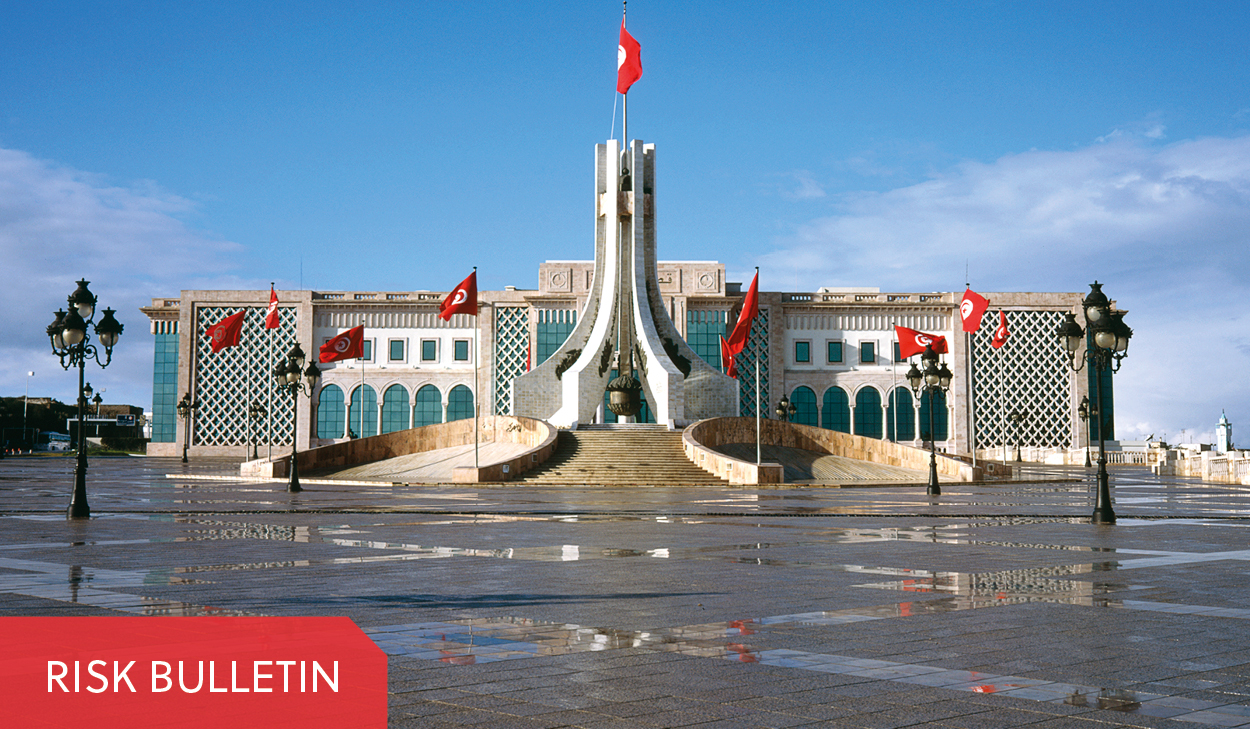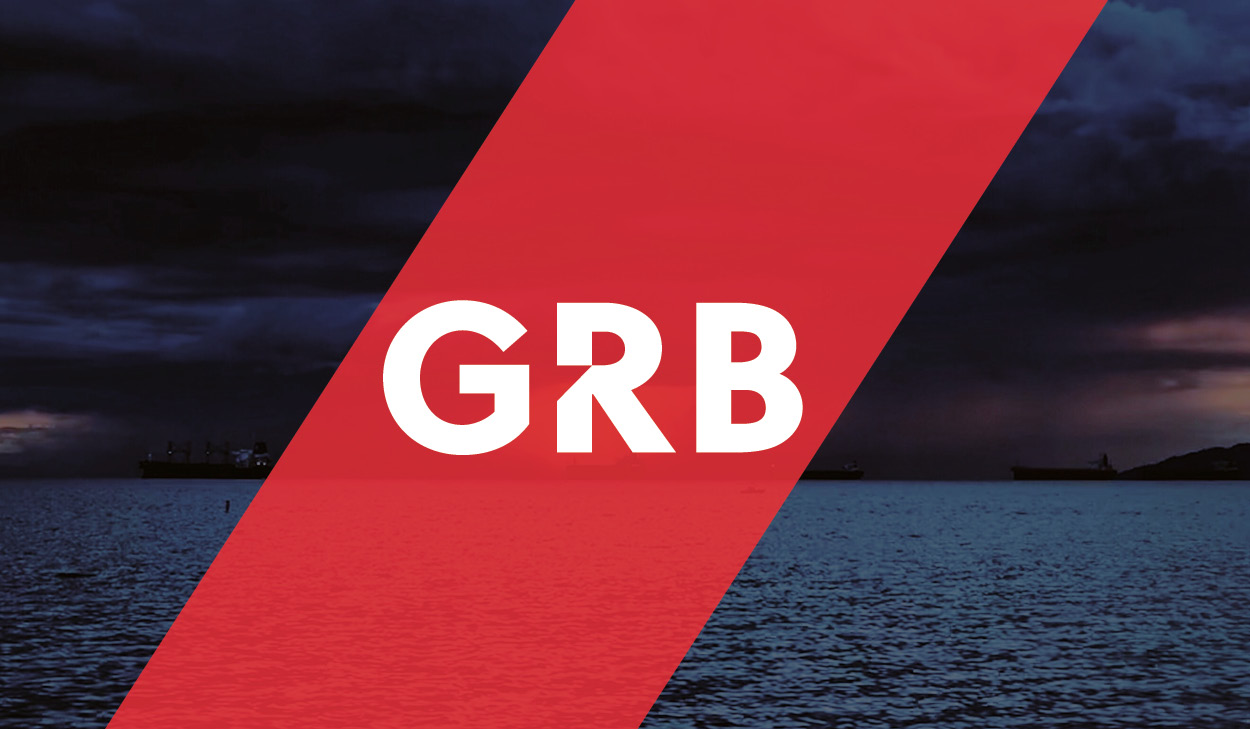The latest skirmishes between Armenia and Azerbaijan are not only reflective of the historic difficulties in achieving peace but also of some new obstacles to a permanent truce, write Tamsin Hunt and Saif Islam.
In mid-September, following reports of renewed clashes between Armenia and Azerbaijan, it would have been forgiven to assume it was yet another flare-up in the disputed Nagorno-Karabakh region. But in an unusual twist, the skirmishes occurred exclusively along the Armenia-Azerbaijan border, threatening an expansive war between the two historic rivals. Although the fighting lasted for just two days, they were the most intense clashes since the 2020 Nagorno-Karabakh war, and killed close to 300 soldiers, the majority of whom were Armenian. Both sides accused each other of initiating the clashes, although most independent observers suggested it was Azerbaijan that had initiated the shelling of Armenian positions. While the ceasefire agreed between the two sides continues to hold, with both countries holding more EU-backed peace talks and even agreeing to a civilian EU mission along their border, permanent peace remains largely elusive.
The causes and timing behind the escalation
Historically, both countries have initiated clashes, but since 2020, Azerbaijan – emboldened by its growing military superiority over Armenia – has shown greater aggression. Since the comprehensive military victory and territorial gains in the 2020 war, Azerbaijani President Ilham Aliyev has been pursuing a new and ambitious set of objectives, such as a peace treaty in which Armenia renounces its claims on Nagorno-Karabakh and a demarcation of the Armenia-Azerbaijani border favouring Azerbaijan. Aliyev intends to achieve these objectives through a combination of diplomatic negotiations and military force, believing its targeted application of the latter will weaken Armenia’s position in the former.
Azerbaijan’s escalatory moves also suggest Aliyev is taking advantage of Russia’s ongoing struggles in Ukraine and the resultant loss of geopolitical clout. Although Russia has close ties with both Azerbaijan and Armenia, the latter is a staunch ally and a fellow member of the regional military alliance, the Collective Security Treaty Organisation (CSTO). Armenia and Russia have deep military ties, including a bilateral defence treaty. However, it appears Aliyev correctly gambled that a weakened and distracted Russia was not going to interfere in Azerbaijani attacks on mainland Armenia, outside of Nagorno-Karabakh.
There are also suggestions that Aliyev is in a rush to achieve his objectives ahead of the Turkish general election in June 2023, lest his powerful ally, Recep Tayyip Erdoğan, finds himself in a politically weakened position and unable to back Azerbaijan’s cause with the same degree of fervour as he has shown in the past.
The elusive search for permanent peace
Despite renewed EU-backed peace negotiations since the mid-September clashes, there remain several challenges to achieving a permanent solution to the historic conflict. The conflict is fundamentally linked to Nagorno-Karabakh, and both sides are far from agreeing on the final status of Nagorno-Karabakh (see background box on the 2020 war). Azerbaijan wants Armenia to recognise its full sovereignty over the disputed territory, while Armenia wants special security provisions and rights for the region’s ethnic Armenian populations. Nagorno-Karabakh leaders remain committed to self-determination and have become increasingly critical of what they view as Armenian Prime Minister Nikol Pashinyan’s tendency to make major compromises to Azerbaijan, which adds another layer of complexity to this crisis.
Another longstanding barrier to peace has been the lack of consequences for aggressors. Both Armenia and Azerbaijan historically paid lip service to peace without making major compromises while violating ceasefire agreements on the ground. There are no international mechanisms, such as sanctions, to punish ceasefire violators. Historic mediators, such as Russia, have made little effort to encourage both parties seek lasting peace, and instead enabled the status quo by selling arms to both countries. More recently, Azerbaijan has been feeling confident about Russia’s inability to protect Armenia in the event of major conflict, and the West’s lack of desire to police its actions, given the EU’s increased reliance on Azerbaijani gas amid the boycott of Russian energy imports.
The 2020 Nagorno-Karabakh WarSince the end of the 1988-1994 war between Armenia and Azerbaijan, ethnic Armenians have been inhabiting and governing the Nagorno-Karabakh region, with its government and economy propped up by Armenia. However, the region is internationally recognised as Azerbaijani territory. This has prompted regular clashes between Armenian and Nagorno-Karabakh forces, and Azerbaijani troops, over the past decade. In September 2020, the largest war since the 1990s broke out in the disputed territory. The fighting lasted for six weeks, resulting in more than 7,000 deaths, including 170 civilians. Russia brokered a ceasefire on 10 November, which ended the fighting, but fell short of a lasting peace deal. Under the agreement, Azerbaijan won full control of the previously Armenian districts that surround Nagorno-Karabakh, as well as a substantial portion of the territory itself. Prior to the war, opposing sides were separated by hundreds of metres, but since 2020, the frontline has become more volatile than ever, placing military positions adjacent to civilian settlements. |
One factor that has ironically helped the prospects for peace is Azerbaijan’s growing military superiority over its rival, with Aliyev likely believing that he can intimidate Pashinyan into making major and lasting compromises. Pashinyan has also been more conciliatory since Armenia’s defeat in the 2000 war. Nevertheless, this strategy has certain drawbacks. For example, Aliyev might overplay his hand by continuing to take a hard line in negotiations and follow up with military escalations, alienating EU mediators and other major stakeholders (such as the US) in the process. There are also limits to how much Pashinyan can concede before he starts to prioritise his political career over peace with Azerbaijan, as there have already been several protests against what opposition groups view as his defeatist stance on Nagorno-Karabakh’s status.

Potential for further escalation
The resumption of EU-backed peace talks after the September clashes is more reflective of the vacillating nature of this conflict than the promise of any sustainable peace. Even if a negotiated solution is eventually found, it will almost certainly be preceded by further escalations. Most concerningly, as demonstrated by the bouts in 2020 and 2022, Azerbaijan’s military supremacy will make these escalations increasingly bloody, somewhat reminiscent of the 1988-1994 war between the two neighbours.
.png)


 Email Tamsin
Email Tamsin





 @SRMInform
@SRMInform
 S-RM
S-RM
 hello@s-rminform.com
hello@s-rminform.com

